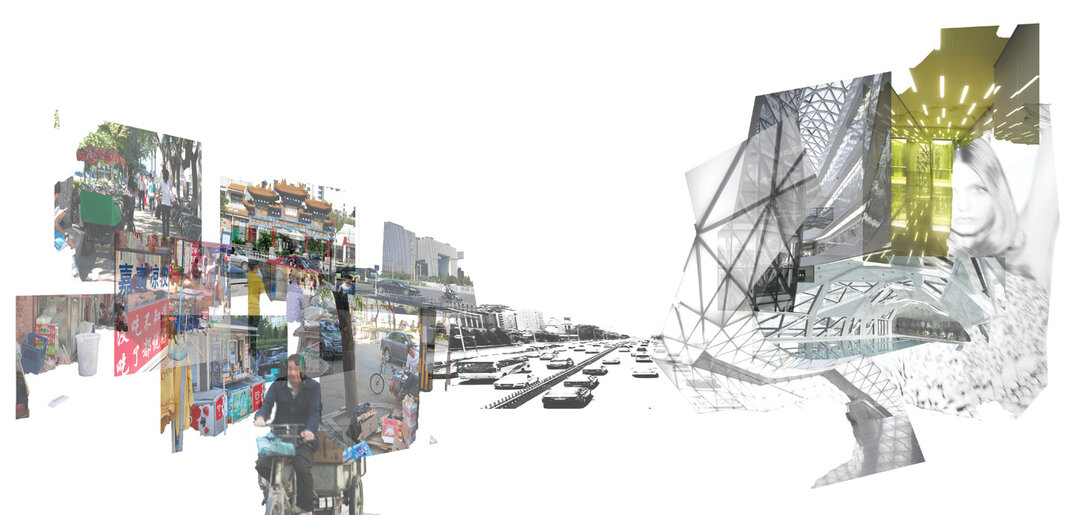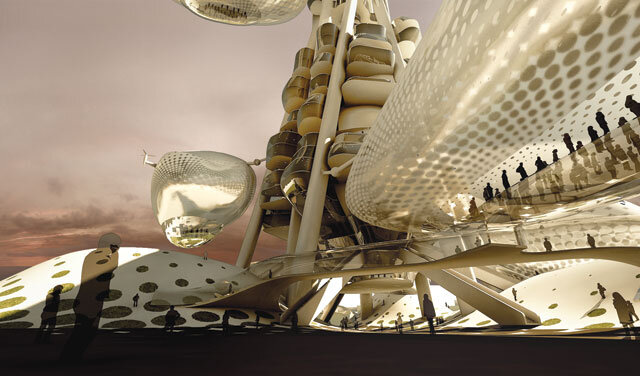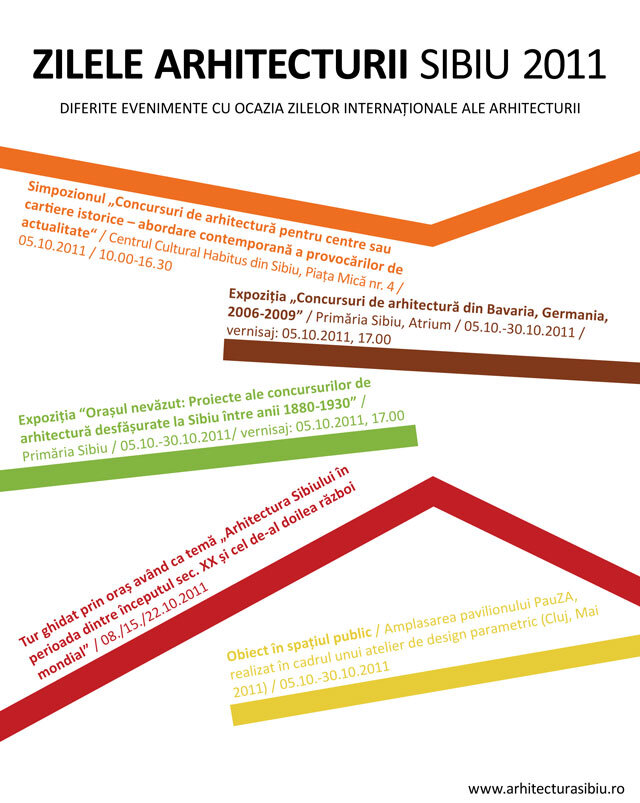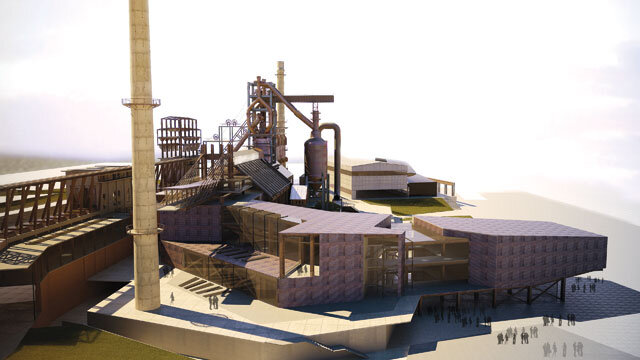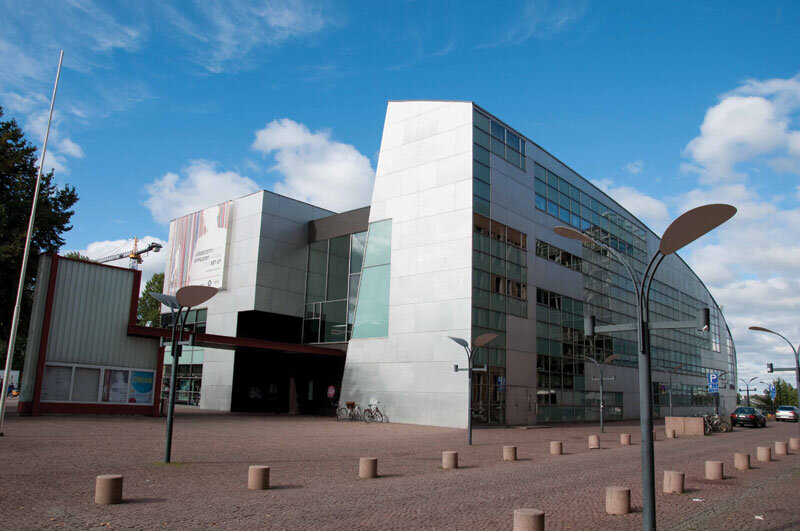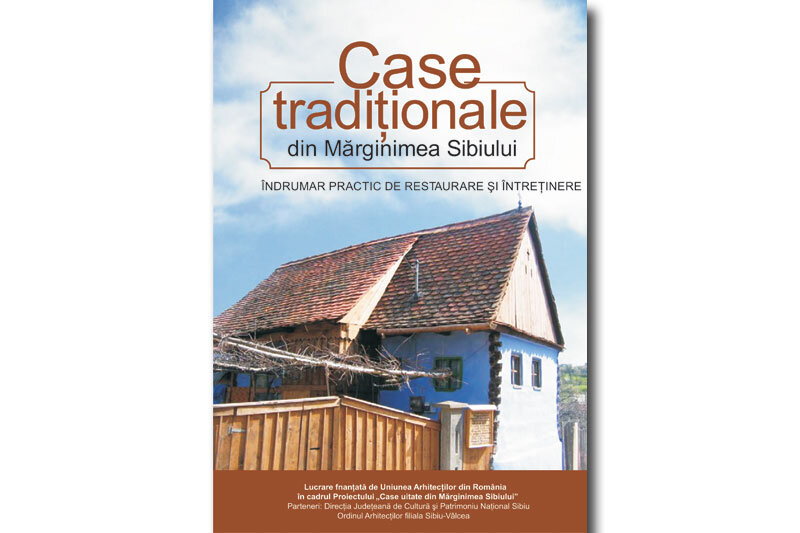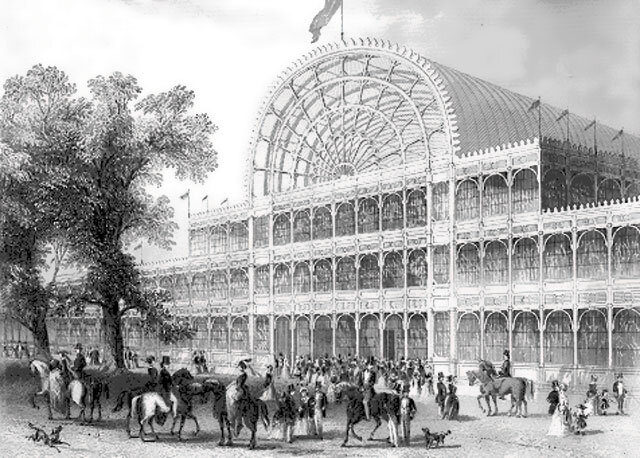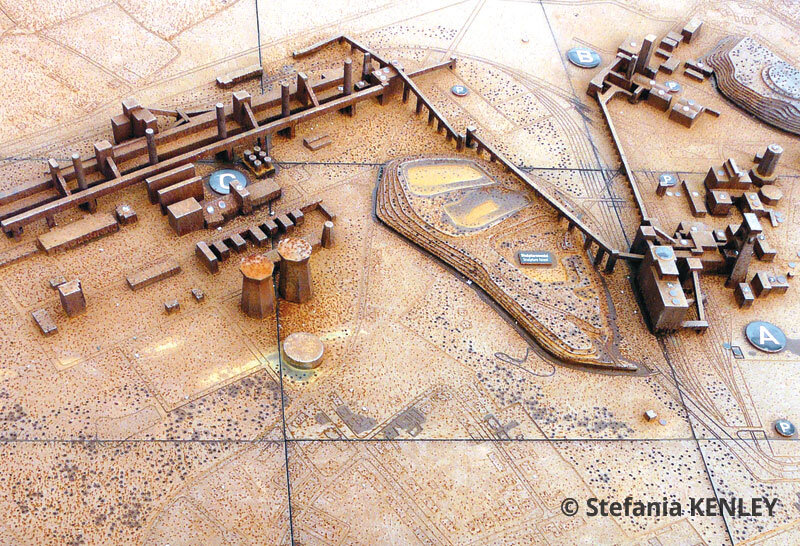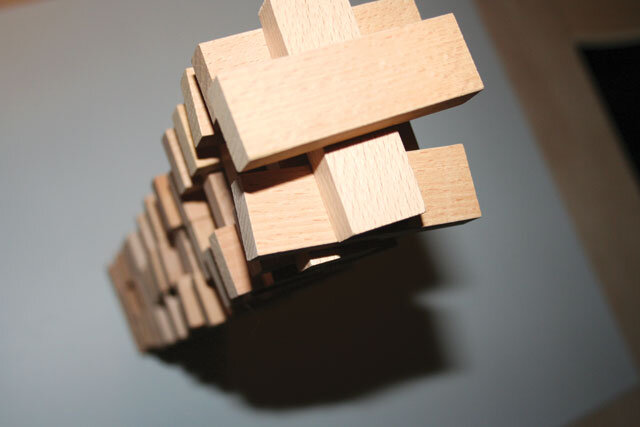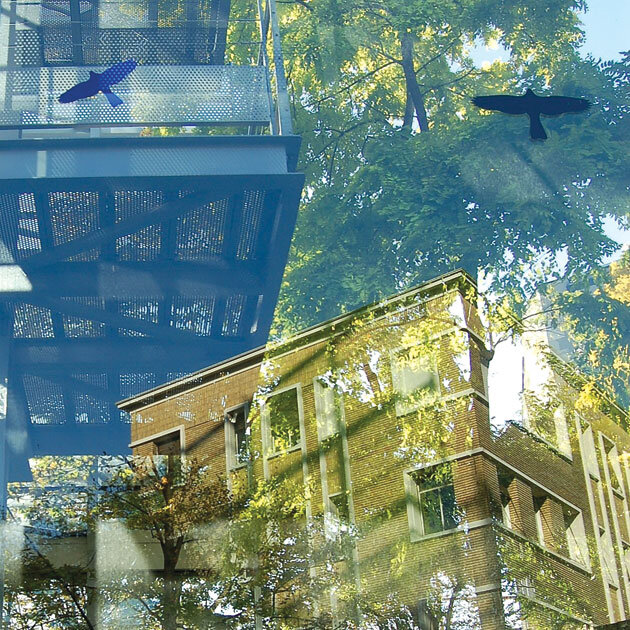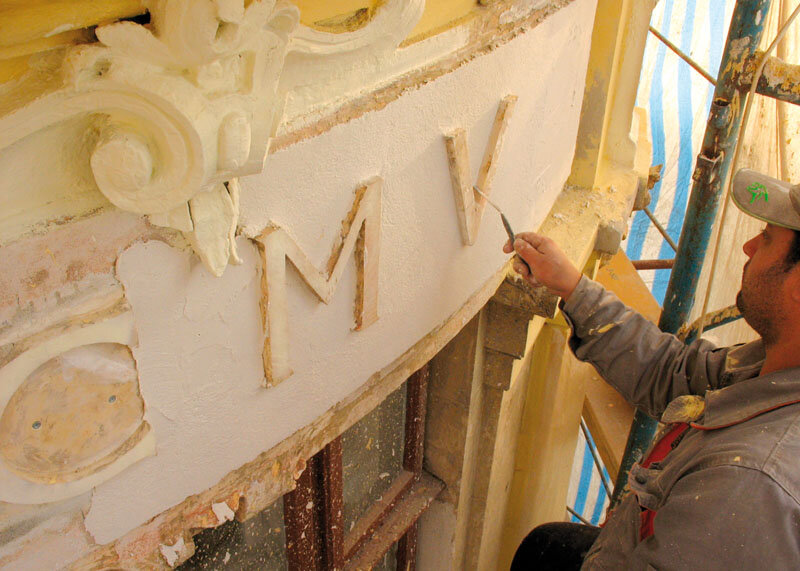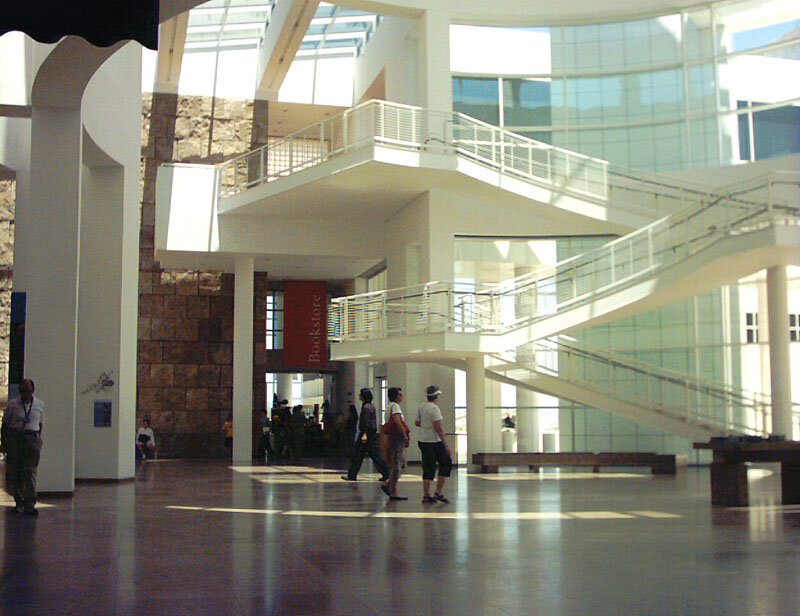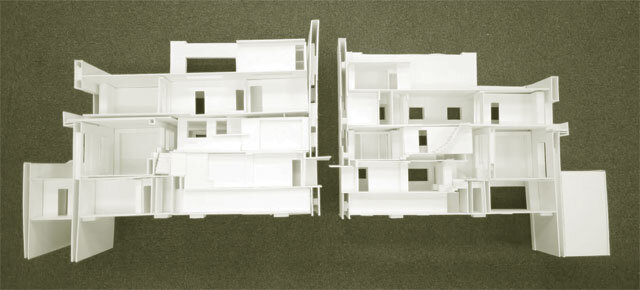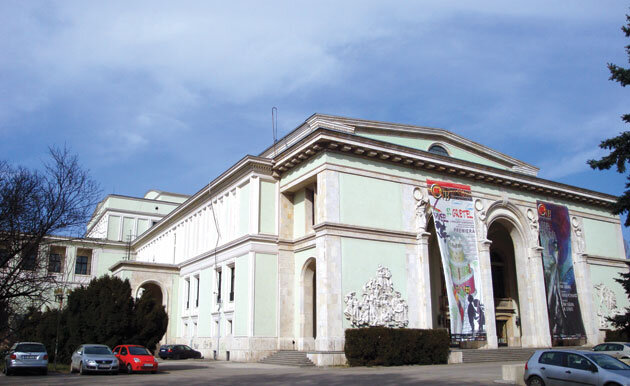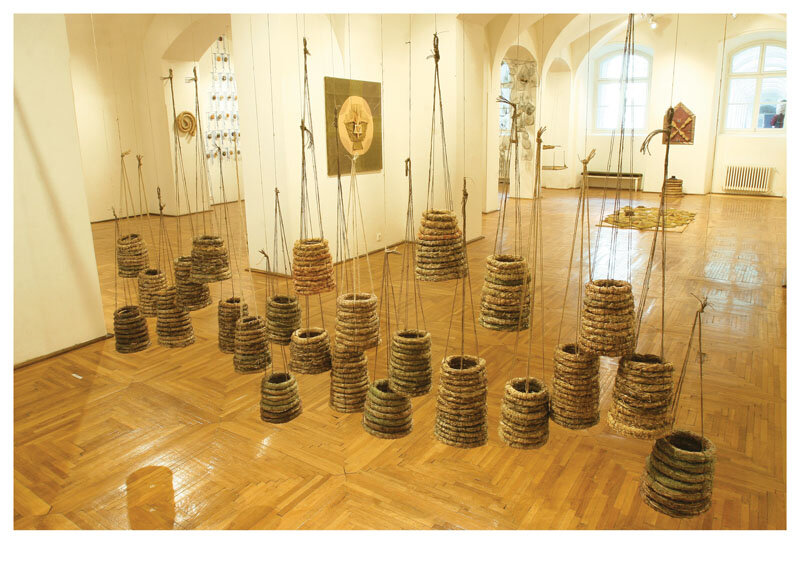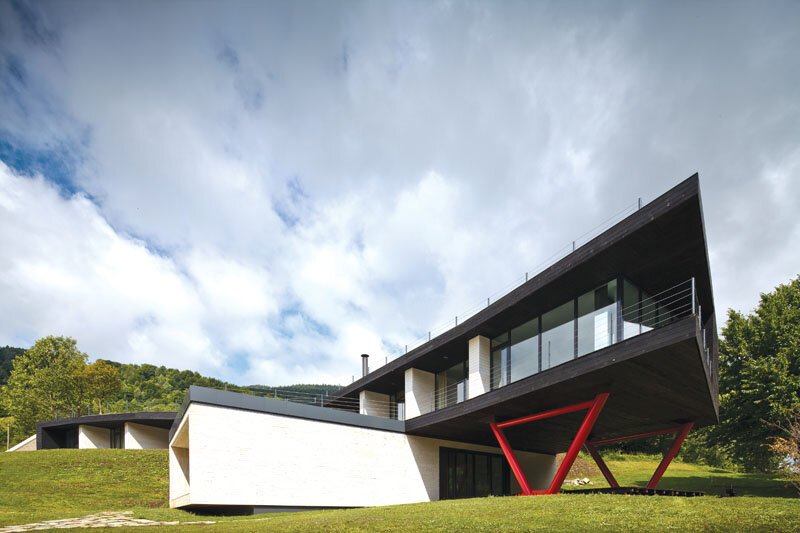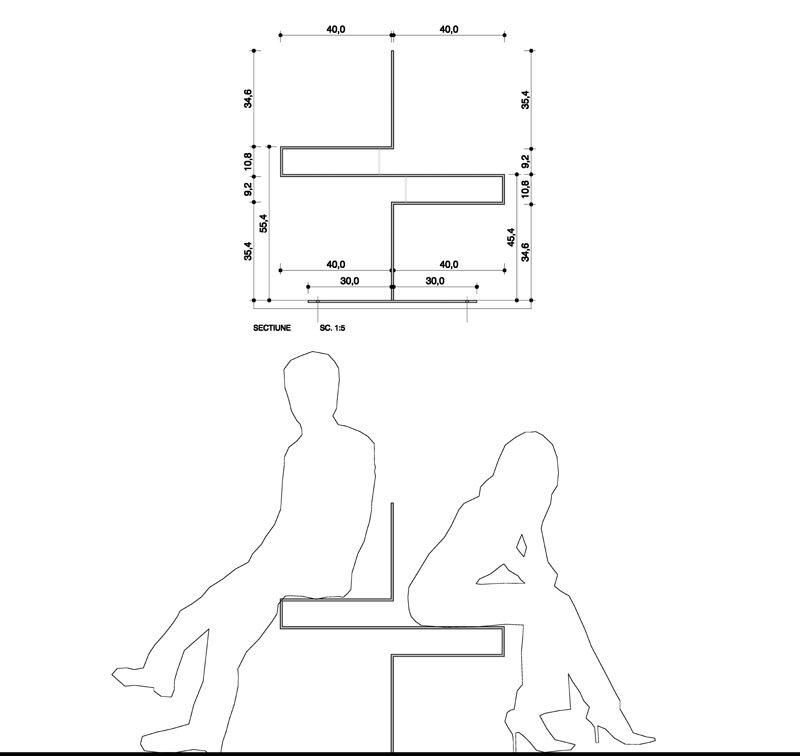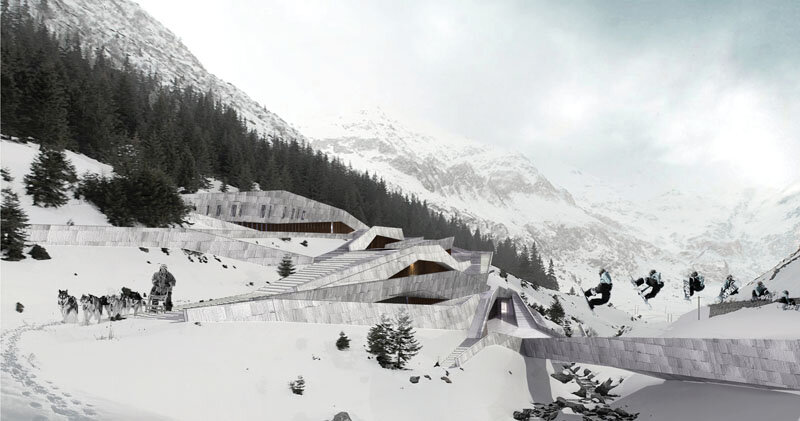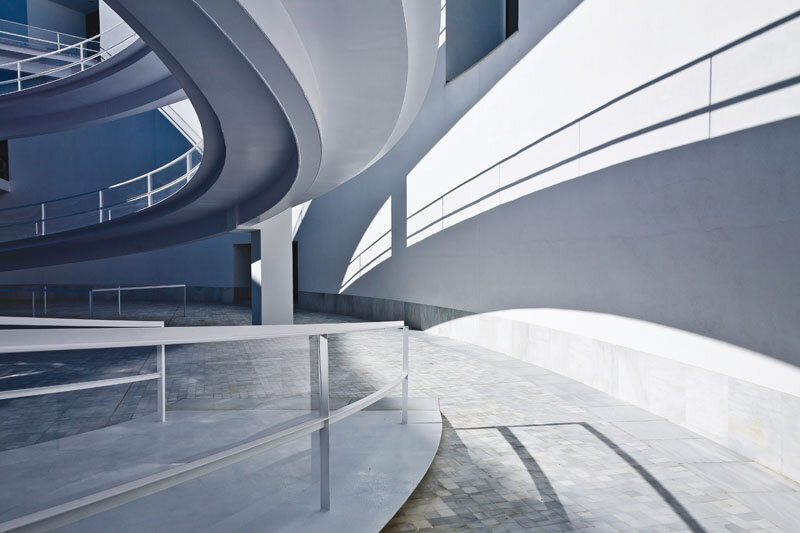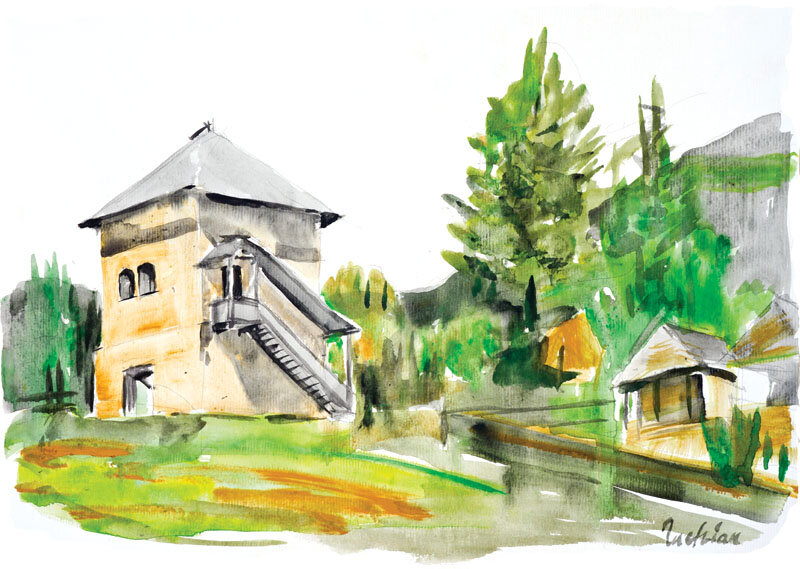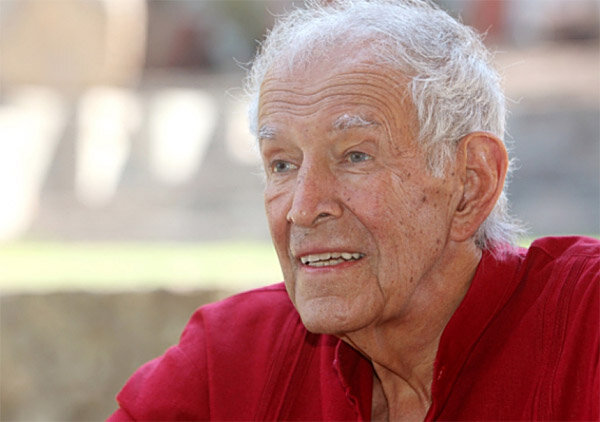
Ricardo Legorreta, distins cu Praemium Imperiale
| Designul contemporan are la noi deja o istorie de peste patru decenii, România realizând o sincronizare cu această evoluție datorită „dezghețului” din anii ’60 și începutul anilor ’70, când la București au fost găzduite Congresul Internațional de Estetică și Seminarul Internațional de Arhitectură (acesta din urmă chiar la UAUIM) și au apărut primele grupuri experimentale de estetică și design, au fost înființate primele centre de proiectare, Institutul de Creație Industrială și Estetica Produselor și instituțiile de învățământ superior de profil de astăzi. Ca martori la aceste evenimente, am asistat la convertirea termenului de estetică experimentală (prea contaminat de stilism) în cel mai global și conceptual, dar mai ales operativ de design și la conturarea în cadrul acestuia a unor mari blocuri.După cum glumeam adeseori, arhitecții fac dintotdeauna design – așa cum Burghezul Gentilom făcea proză fără să știe – și aceasta întrucât realizarea ambientului sintetic impune un nivel de detaliere (iar detalierea implică deja fundamente de basic design) și agrementare.Totuși, în timpurile pe care le evocăm, arhitecții proiectau, iar astăzi fac design arhitectural sau urban design, ca să nu mai vorbim de hotel design sau alte expresii ventilate viguros în mediul nostru. Folosirea termenilor și opțiunile pentru unul sau altul nu credem că ar fi un proces eminamente subiectiv sau supus fenomenului modă, iar forța cuvântului este atât de mare încât în scrierile sale despre estetică Heidegger consacră primele zeci de pagini tocmai evocării și comparării accepțiunilor termenilor din domeniu din Grecia Antică cu cele de astăzi. |
| Citiți textul integral în nr 4 / 2011 al Revistei Arhitectura. |
| In our country, contemporary design has known more than four decades of history, Romania managing to keep the pace with this evolution due to the „thaw” occurred in the 1960s and the early 1970s, when Bucharest hosted the International Congress of Aesthetics and the International Architecture Seminar (the latter in the very premises of UAUIM), when the first experimental aesthetics and design groups emerged, along with the first architectural project drawing centers, the Institute of Industrial Creation and Product Aesthetics and the contemporary specialized higher education institutions. As witnesses to these events, we also saw the conversion of the term „experimental aesthetics” (too contaminated by stylism) into the more global and conceptual, but especially operative term of „design” and to the emergence therein of large blocks.As we often joked, architects have been making design forever – just like the Bourgeois Gentilhomme made prose without knowing it – and this is so because the creation of a synthetic ambiance imposes a certain level of detail (and detail already implies the fundamentals of design) and embellishment.And still, in the times we evoke, architects would draw projects, while nowadays they make architectural design or urban design, not to mention also hotel design or other phrases feverishly used in our circles. We think that the use of the terms and the choice of one or the other are not entirely subjective or ruled by fashion, and the force of the word is so great that in one of his writings on aesthetics, Heidegger dedicates the first dozens of pages to evoking and comparing the specialized terms used in Ancient Greece with those of today. For linguistic comparison purposes, we shall give below their definitions. |
| Read the full text in the print magazine. |
Mircea Sergiu MOLDOVAN este Prof. Dr. Arh. la Facultatea de Arhitectură și Urbanism din Universitatea Tehnică Cluj-Napoca.

